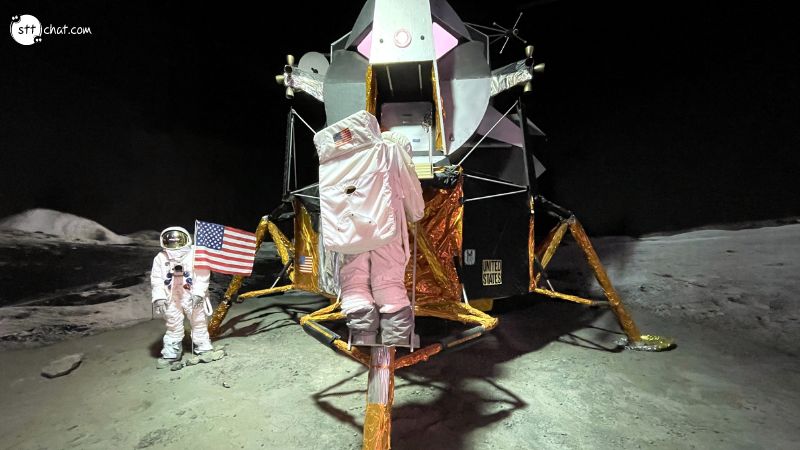Arthur C. Clarke, renowned for his visionary science fiction, once said, "The only way of discovering the limits of the possible is to venture a little way past them into the impossible." This quote encapsulates a profound truth about human ambition and the pursuit of innovation. By pushing beyond our current boundaries, we not only challenge our understanding but also expand the horizons of what can be achieved. Let's delve into this concept and explore how it encourages us to transcend limitations and embrace the unknown.
1. The Concept of Limits and Possibilities
At its core, Clarke's quote addresses the concept of limits. We often perceive limits as fixed barriers, constraints that define the extent of what is achievable. However, Clarke suggests that these limits are not as rigid as they appear. Instead, they are dynamic, and our understanding of them evolves as we challenge them. The idea of the "possible" is not a static boundary but a flexible frontier that shifts when we push beyond it.
2. Venturing Beyond the Known
To venture "a little way past" the limits of the possible is to step into the realm of the unknown. This act of exploration is inherently risky and uncertain. It involves confronting the "impossible," a space where our current knowledge and tools may seem inadequate. Yet, it is precisely in this space that transformative breakthroughs often occur. History is replete with examples of individuals and societies that ventured beyond their comfort zones, leading to groundbreaking discoveries and advancements.
Take, for instance, the early pioneers of space exploration. In the mid-20th century, the idea of humans traveling to the moon was considered far-fetched, bordering on the impossible. Yet, through determination and innovation, space agencies like NASA pushed the boundaries of what was thought possible, culminating in the Apollo moon landing. This achievement was not merely a testament to human ingenuity but also a clear example of how venturing into the seemingly impossible can redefine the limits of possibility.

Space agencies like NASA pushed the boundaries of what was thought possible, culminating in the Apollo moon landing. Source: Internet
3. Embracing the Impossible
Clarke's quote encourages us to embrace the idea of the impossible not as a deterrent but as an opportunity for growth and discovery. When we approach challenges with the mindset of pushing past conventional limits, we open ourselves up to new possibilities. This mindset is crucial not only in scientific endeavors but also in everyday life.
Consider the realm of personal development. Many people set goals based on their current capabilities and resources, often limiting their aspirations to what seems feasible. However, when individuals dare to dream beyond these self-imposed limits, they often achieve remarkable feats. The story of individuals like Steve Jobs or Elon Musk exemplifies this principle. Their willingness to pursue ambitious and seemingly impossible goals has led to revolutionary changes in technology and business.
4. The Role of Failure and Resilience
Venturing into the impossible also involves facing failure. The process of pushing beyond existing limits is fraught with challenges and setbacks. However, failure should not be seen as a defeat but as an integral part of the journey. It provides valuable lessons and insights that contribute to eventual success.
Clarke's quote implicitly acknowledges that the path to discovering new possibilities is not smooth. The "impossible" often requires persistence and resilience. Embracing failure as a learning opportunity rather than an endpoint enables us to refine our approaches and continue pushing boundaries.
5. Practical Applications
Applying Clarke's insight to various aspects of life can yield significant benefits. In the field of innovation, for example, companies that continually seek to push technological boundaries often lead the industry. By investing in research and development and fostering a culture of experimentation, these companies discover new products and solutions that were once deemed impossible.
In personal life, setting ambitious goals and pursuing them with determination can lead to personal growth and achievement. Whether it's learning a new skill, pursuing a challenging career path, or overcoming personal obstacles, the willingness to venture beyond familiar limits can result in profound personal transformation.

The willingness to venture beyond familiar limits can result in profound personal transformation. Source: Internet
Conclusion
Arthur C. Clarke's quote, "The only way of discovering the limits of the possible is to venture a little way past them into the impossible," serves as a powerful reminder of the importance of pushing boundaries. It challenges us to view limits not as obstacles but as opportunities for exploration and growth. By embracing the unknown and persisting in the face of challenges, we not only expand the realm of what is possible but also pave the way for future innovations and achievements.
In every field, from science and technology to personal development, the willingness to venture beyond current limits can lead to extraordinary discoveries and accomplishments. Clarke's insight encourages us to embrace the impossible and, in doing so, redefine the very nature of possibility.






